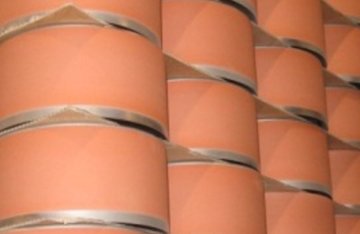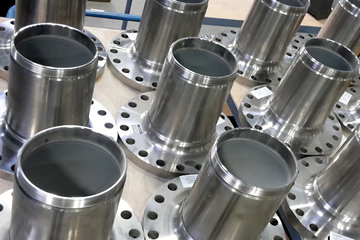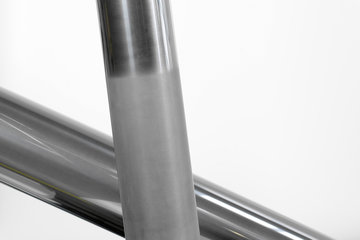thermal Spray
Need a special functional layer on your component? Then you´ve come to the right place.
GfE Fremat GmbH has over 30 years of experience in the area of thermal spraying and performs job coating for a wide range of industrial sectors. State of the art thermal spray technology guarantees you the complete, fast, and reliable handling of your orders.
- Certified
In addition to offering thermal spray processes, GfE is equipped with various supplementary technologies for the production of base bodies, surface preparation, post-processing and post-treatment, as well as for measuring, inspecting, and testing. We work according to an integrated management system and regularly update the customer-specific certifications of technologies and products/applications.
- Coating technologies
We can process nearly all coating materials with the thermal spray techniques available at our company. In each case, we select the optimal technology and offer additional measures for the further or final processing of your parts. This means that we can adjust the coating exactly to your requirements.



Coating Materials
With thermal spray coating, the initial materials are available either in wire or powder form, or as a suspension. With powders alone, there is an enormous variety of standard specifications that differ in terms of their chemical composition, morphology, particle size distribution, particle shape, etc., thereby also defining the process technology. The composition of powder mixes can be varied. Multilayer coating systems are created by, for example, changing materials. We have the optimal materials for your application.
Here you can find an overview of selected typical coating materials in thermal spraying:
applications for thermal spray coatings:
- d-CER Diffusion barrier coating
- e-CER® Coating for high infrared emission
- f-CER® High friction coating
- i-CER Electrical insulation coating
- i-CER+ Electrical insulation and conduction coating
- t-CER Thermal barrier coating
- w-CER / w-CERMET Wear protection coating
- a-MET Abradables coating
- b-MET High bonding coating
- c-MET Conductive and solderable coating
- e-MET EMC protection coating
- o-MET / o-CER Corrosion and oxidation protection coating
- p-MET / p-CER Porous adjusting coating
- s-MET Sliding coatings
You can find more information in: Product overview, organized by coating function
Development partner for functional layers
Our substantial expertise in materials, layer, and technology development allows us to find the right coating solution or optimize existing solutions, even for new applications.
We are your Development partner for functional layers
Downloads
You can find more information in our product brochure Thermal Spray Coatings (PDF).
Your Contact partner
Dr. Marcel Roth
Product Manager Component Coating
Phone: +49 (0)37322 472-536 marcel.roth@amg-titanium-de.com

